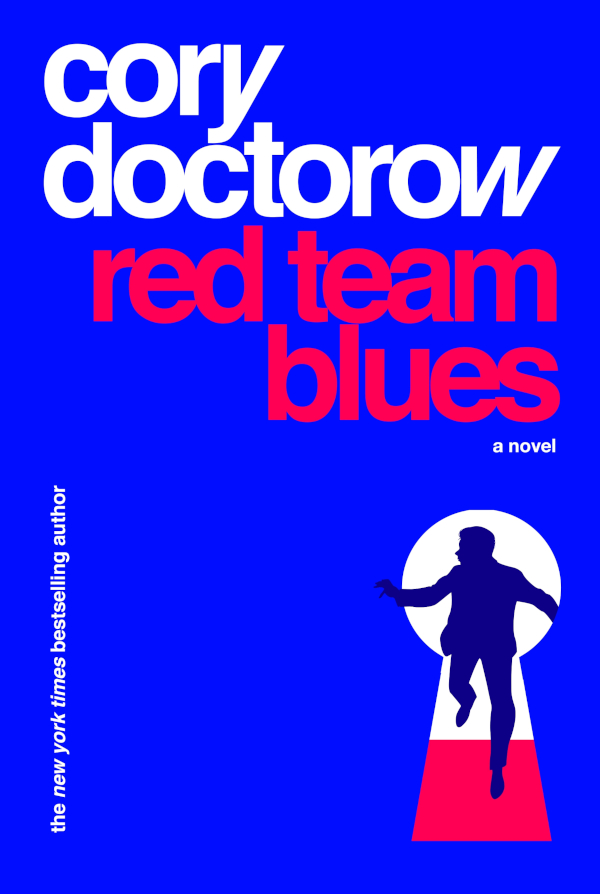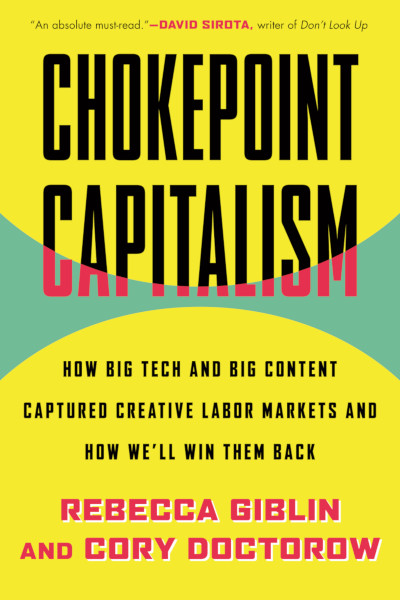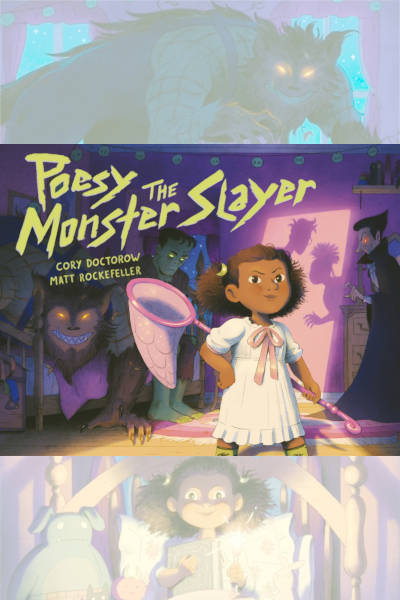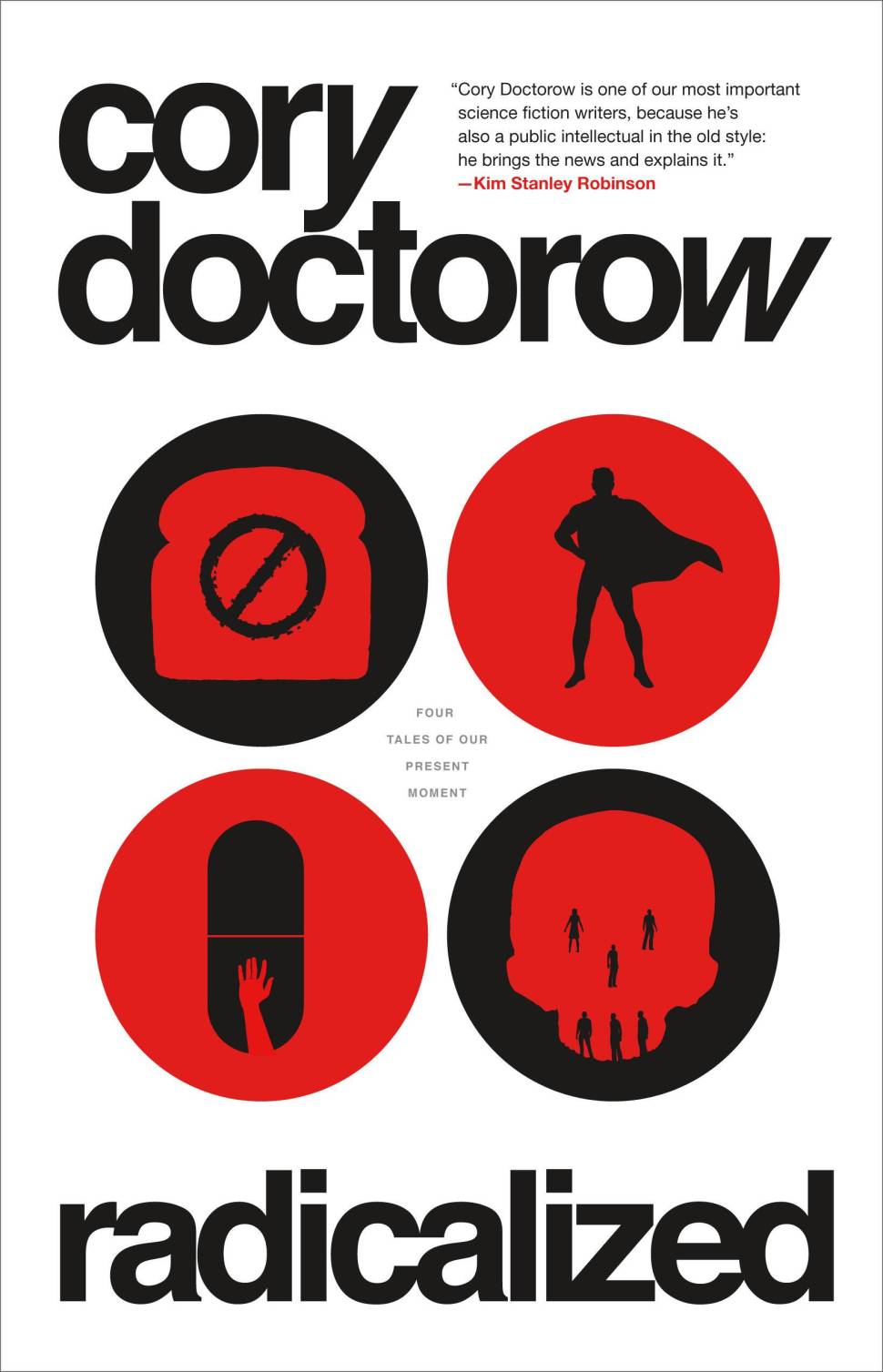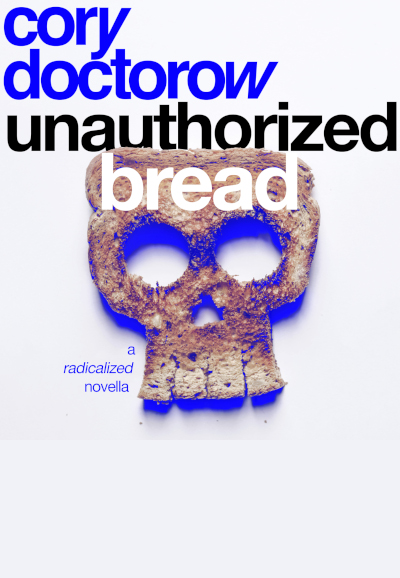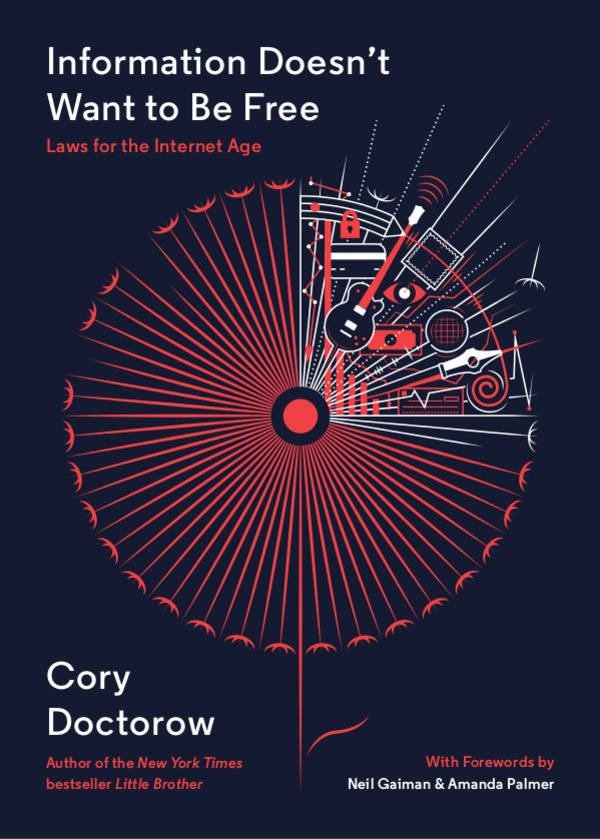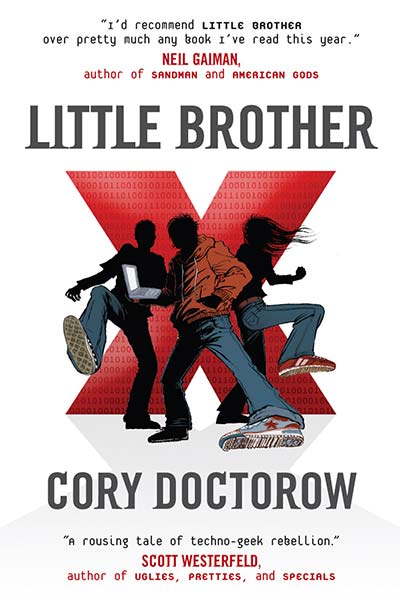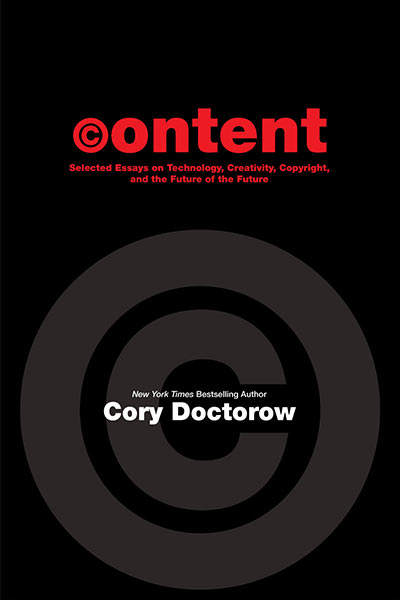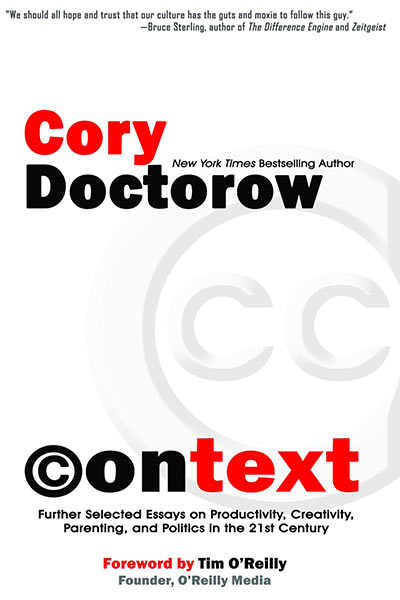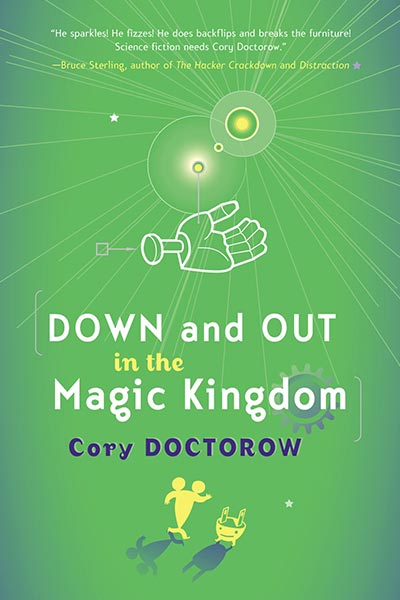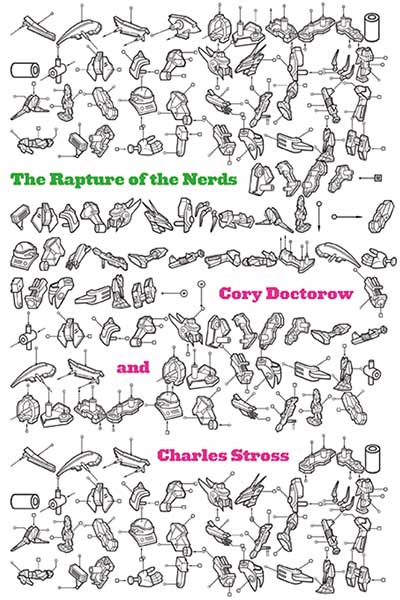My new Guardian column, “Ebooks: durability is a feature, not a bug,” is about HarperCollins’s decision to limit library checkouts of its ebooks to 26, whereupon the books self-destruct. I argue that it’s wrong to argue about whether print books last for more or less than 26 checkouts — the important thing to recognize is that the perishability of a print book is not a feature that we should seek to replicate in successive media.
Now, in point of fact, many ordinary trade books circulate far more than 26 times before they’re ready for the discard pile. If a group of untrained school kids working as part-time pages can keep a copy of the Toronto Star in readable shape for 30 days’ worth of several-times-per-day usage, then it’s certainly the case that the skilled gluepot ninjas working behind the counter at your local library can easily keep a book patched up and running around the course for a lot more than 26 circuits. Indeed, the HarperCollins editions of my own books are superb and robust examples of the bookbinder’s art (take note!), and judging from the comments of outraged librarians, it’s common for HarperCollins printed volumes to stay in circulation for a very long time indeed.But this is the wrong thing to argue about. Whether a HarperCollins book has the circulatory vigour to cope with 26 checkouts or 200, it’s bizarre to argue that this finite durability is a feature that we should carefully import into new media. It would be like assuming the contractual obligation to attack the microfilm with nail-scissors every time someone looked up an old article, to simulate the damage that might have been done by our careless patrons to the newsprint that had once borne it.
Ebooks: durability is a feature, not a bug
(Image: Library Microfilm Reader & Printer, a Creative Commons Attribution (2.0) image from cushinglibrary’s photostream)





